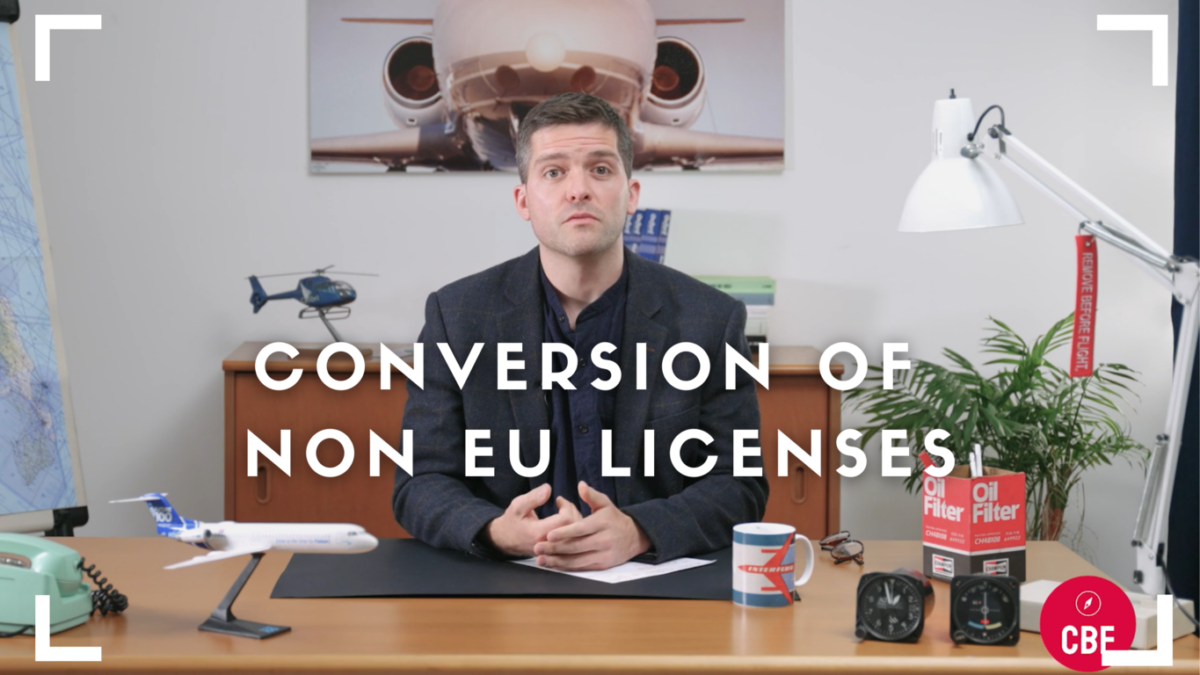Conversions from US Licenses
Returning to licenses, we have already said that a license obtained in Italy or in another EASA member state is valid in all the national territories of these nations, however, if you obtained a license for example in the USA, Canada or Argentina, to fly with European aircraft you will have to convert your title.
Small aside: with an American license it is not forbidden to fly in Europe, however you will only be able to pilot aircraft registered with American nationality – the so-called November marked, because the first letter from the “license plate” is always “N”.
So it is not a question of “territory” in which you fly but of “means” on which I am flying. Obviously, however, to work in a European company I will need to have an EASA license, because an operator – for example an Italian one – can only manage European aircraft.
So if you got your license in the United States, because you thought it was expensive, because you have relatives there, because you wanted to gain experience abroad, because your “cousin” has a school in Florida, remember two simple things:
- the first is that the theoretical exams for professional licenses are not valid and therefore you will have to retake them all from the beginning (even if the theoretical course can sometimes be reduced and you will not have to repeat 350 hours of classroom);
- the second is that for the practical part instead there are credits, discounts, however the expensive part of the licenses, which are the type ratings, you will have to re-obtain them from scratch.



